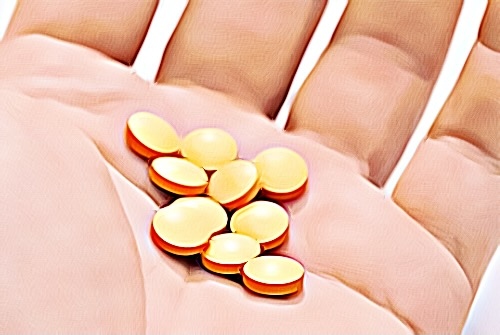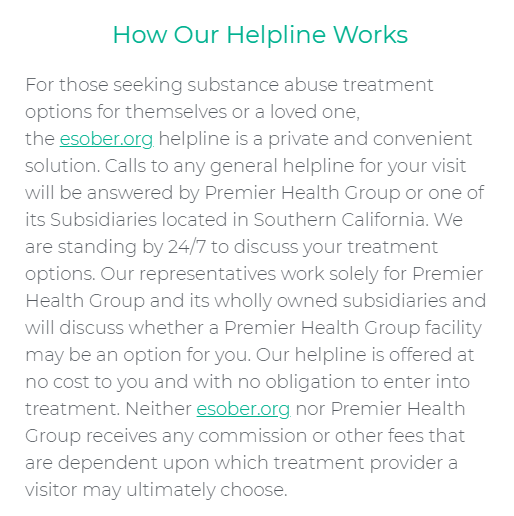It’s a well-known fact that we use prescription drugs to help manage whatever chronic conditions we may have. After all, these drugs are designed to help us manage our symptoms and improve our quality of life. However, what many people don’t realize is that prescription drugs can also have a profound effect on our mental health. A perfect example of this is Flexeril.
Flexeril, also known as Cyclobenzaprine and Amrix (brand name), is a muscle relaxer used to relieve muscle spasms, pain, and stiffness. It can be taken orally or injected into the muscle, which can work wonders for the body because it can help to reduce pain and improve mobility. However, a concern that many have about the drug is if it’s addictive. For this reason, we’ll discuss the details in this article.
Is Flexeril a Controlled Substance?
No, Flexeril is not a controlled substance. However, it is a prescription medication, so you will need a doctor’s prescription to take the drug. In addition, Flexeril is a Schedule IV controlled substance, which means that it has a high potential for abuse and is only available with a doctor’s prescription.
Let’s say you take it for a week and then stop taking it. If you have been taking Flexeril for a long time, you may have withdrawal symptoms when you stop taking it. This will jeopardize your condition even further, so you should be careful.
Is Flexeril Addictive?
Flexeril is not physically addictive, but it can be habit-forming. If you take this drug for a long time, you may become dependent. This means that you will need to take it to feel normal. If you stop taking it, you may have withdrawal symptoms and experience several mental health side effects, including:
- Anxiety
- Depression
- Dizziness
- Drowsiness
- Fatigue
- Headaches
- Insomnia
- Irritability
- Nausea
- Vomiting
Flexeril can also cause several physical health side effects, including:
- Blurred vision
- Constipation
- Dry mouth
- Drowsiness
- Headaches
- Low blood pressure
- Muscle weakness
- Nausea
These physical side effects are arguable more dangerous because they can lead to more serious conditions. Low blood pressure can lead to fainting, which can cause severe injuries when falling and hitting your head. Muscle weakness makes everyday tasks more difficult, leading to balance issues, falling, and fractures. Also, nausea makes eating and drinking challenging, leading to dehydration and malnutrition.
The Risks of Flexeril
Flexeril can be taken with or without food. However, you must always take the medication in the exact amount your doctor prescribes. If you miss a dose, take it as soon as possible. If it’s almost time for your next dose, skip the missed dose and return to your regular dosing schedule. You should never take two doses at once because it can cause serious side effects, such as seizures or yellowing of the skin or eyes.
The Stages of Flexeril Abuse
A person’s drug use characterizes the early stages of Flexeril abuse despite its negative consequences. The person may continue to use the drug although it interferes with work, school, or home responsibilities. Flexeril abuse can also lead to financial, legal, and social problems.
The next stage of substance abuse involves physical dependence. This is when a person uses the drug even though it is causing physical problems. A person with a physical dependence on Flexeril may experience withdrawal symptoms when they stop taking the drug.
The final stage of drug abuse is characterized by a person’s use of Flexeril, although it’s causing severe health problems. A person with a Flexeril addiction cannot stop using the drug even though it is causing severe physical, psychological, and social issues.
More about Flexeril
While Flexeril is most commonly used to treat muscle spasms and pain, it has also been known to help treat other conditions such as fibromyalgia, migraines, and multiple sclerosis. It is also sometimes used with other drugs to help treat conditions such as spinal cord injuries, cerebral palsy, and cerebral palsy.
Furthermore, Flexeril also works by blocking the pain signals sent from the brain to the body. This means that when you take Flexeril, it won’t be able to send pain signals to your body, which can help you feel less pain and improve your mobility.
However, it can also have severe side effects, so you must talk to your doctor about the risks and benefits of taking the drug before starting it. In addition, you should never take Flexeril if you’re pregnant or breastfeeding because it can pass into your breast milk and harm your baby.

How to Flexeril Should Be Taken
The recommended dosage for Flexeril is 5 mg three times a day. The maximum recommended dosage is 10 mg three times a day. The drug should be taken with food or milk. It should also be taken with or without food. If you’re taking it with food, you should take it with a meal or snack. If you’re taking it without food, you should take it on an empty stomach.
If you’re taking the extended-release capsule, you should take it once a day. The capsule should be taken with food or milk. You should also take the capsule with or without food. If you’re taking it with food, you should take it with a meal or snack. If you’re taking it without food, you should take it on an empty stomach.
If you’re taking the solution, you should take it with or without food. If you’re taking it with food, you should take it with a meal or snack. If you’re taking it without food, you should take it on an empty stomach. If you’re taking the injection, it will be given by a healthcare professional.
Seeking Treatment for Flexeril Abuse
There are many addiction treatment programs available. Treatment for drug abuse can be done on an inpatient or outpatient basis. Inpatient treatment for Flexeril abuse is often the best option for people who are severely addicted to the drug. Inpatient treatment for Flexeril abuse allows people to detox from the drug in a safe and controlled environment. Inpatient treatment for Flexeril abuse also provides people with around-the-clock care and support.
Outpatient treatment for Flexeril abuse is often the best option for people who are not severely addicted to the drug. Outpatient treatment for Flexeril abuse allows people to detox from the drug in a less intense, more flexible environment. Outpatient treatment for Flexeril abuse also provides people with support and care during the day but allows them to return home at night.
For better mental well-being, behavioral therapies, counseling, and support groups can significantly improve long-term recovery and a person’s chances of maintaining sobriety.
Of course, you should also seek support from your family and friends. After all, they are the people who love you the most and want to see you get better. If you seek treatment for Flexeril abuse, you should tell your family and friends about your decision. This will allow them to offer you support and encouragement throughout your treatment process.
Other Important Things to Remember
- If you or your loved one is struggling with Flexeril addiction, you should seek professional help as soon as possible. Flexeril addiction is a severe condition that can cause serious health problems and even death if left untreated.
- If you are seeking treatment for Flexeril addiction, you should choose a reputable treatment center with experience treating Flexeril addiction. Be sure to ask the treatment center about their success rates, their treatment methods, and their aftercare plans so that
- You should tell your doctor about any medications you’re taking and any other medical conditions you may have. This will help your doctor determine the best course of treatment for you.
Conclusion
Addiction to prescription drugs is never easy, especially to Flexeril. However, you don’t have to let it control your life, so you should actively find help. The first step to recovery is admitting you need it; the rest will follow. Before you know it, you’ll be back to your old self again.
Source:
https://www.deadiversion.usdoj.gov/drug_chem_info/cyclobenzaprine.pdf




